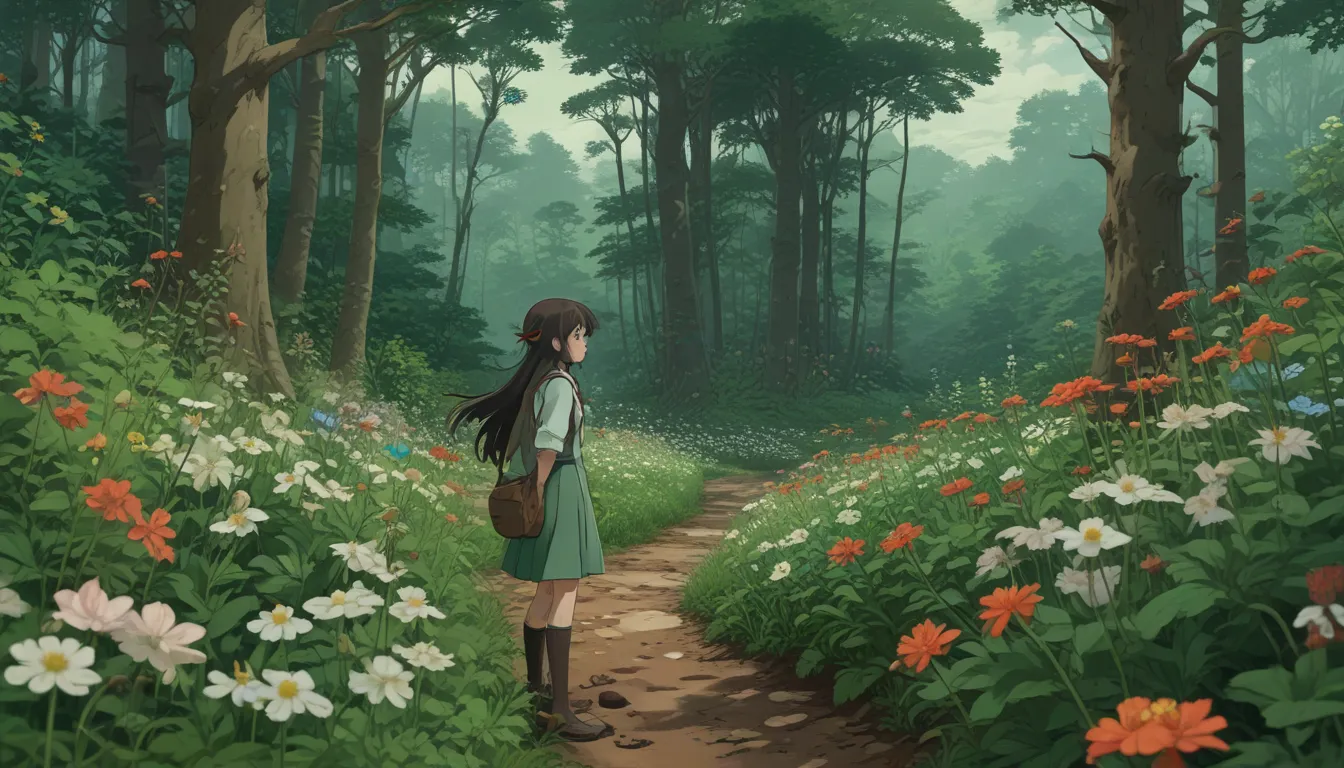The Complete Guide to Growing Green ‘Chocolate Soldier’ Columbine Flowers

Aquilegia viridiflora
Green columbine, also known as chocolate soldier, is a unique and charming plant that is sure to add a touch of elegance to your garden. In this comprehensive guide, we will cover everything you need to know about growing and caring for Aquilegia viridiflora, from its cultivation and history to propagation and maintenance tips.
Photo by Peganum, Wikimedia Commons, via CC BY-SA.
We may earn a commission if you buy from one of the vendors we link to help you find relevant products.
Green columbine is a short-lived perennial that belongs to the buttercup family. With mounding growth and distinctive green and brownish-purple flowers, this plant is a delightful addition to any garden. Native to Asia, Europe, and North America, the green columbine is a species that has a rich history and interesting origins.
What You’ll Learn
- Cultivation and History
- Propagation
- How to Grow
- Growing Tips
- Maintenance
- Where to Buy
- Managing Pests and Disease
- Best Uses
- Quick Reference Growing Guide
Cultivation and History
The green columbine, A. viridiflora, is a unique species with greenish-yellow flowers and a rich history. Originating over six million years ago, this plant has distinctive characteristics that set it apart from other columbines. With a mounding growth habit, green columbine grows to a mature height of nine to 12 inches tall and wide. Its fragrant flowers, reminiscent of a green-flowered eagle, bloom in the spring and add a touch of elegance to the garden.
Photo by Daniil N Olennikov, Wikimedia Commons, via CC BY-SA.
Propagation
Propagation of green columbine can be done through seeds and nursery starts. True species A. viridiflora produces seeds that replicate the traits of the parent plant. Cold stratification is required to stimulate spring blooming, and seeds can be sown in trays or directly in the soil. Transplanting seedlings or nursery starts is another option for growing green columbine in your garden.
From Seed
To grow columbine from seed, follow these steps:
– Fill seed tray cells with moist potting soil
– Refrigerate seeds for four weeks
– Sprinkle seeds in trays and water
– Keep soil moist and under grow light
– Thin seedlings and fertilize
– Harden off seedlings and transplant to the garden
From Seedlings/Transplanting
To transplant seedlings or nursery starts:
– Prepare soil and examine soil composition
– Transplant seedlings at the same depth
– Water well and provide adequate spacing
How to Grow
Proper care is essential for the healthy growth of green columbine. Maintain even moisture by watering the soil over the root zone. Fertilize with compost in the spring to provide nutrients for growth. Deadhead spent flowers to encourage new blooms and inhibit seed dispersal. In containers, ensure proper drainage and moisture levels to promote healthy growth.
Growing Tips
Growing columbine is easy when you follow these tips:
– Refrigerate seeds for same-year blooms
– Fertilize seedlings with houseplant food
– Choose a location with full sun to part shade
– Provide organically rich, well-draining soil
– Maintain even moisture levels
Maintenance
Once green columbine has bloomed, maintenance is essential to ensure healthy growth and future blooms. Deadhead spent flowers and cut back stems to the ground if there are no more buds. Collect seeds from dry pods for future planting. Add mulch for insulation against summer heat and winter cold.
Where to Buy
When looking to purchase A. viridiflora, search for Aquilegia chocolate soldier, a variety with dark brown corollas that contrast with light green sepals. Seeds are available from various sources, including Dichondra on Amazon. There are other green columbine species and cultivated varieties to explore, each offering unique features and colors.
Managing Pests and Disease
Leaf miners and powdery mildew are common issues with green columbine. Treat leaf miners with insecticides containing imidacloprid and powdery mildew with sulfur-containing fungicides. Proper spacing, good drainage, and avoiding water on leaves can help prevent diseases and pests from affecting your plants.
Best Uses
Green columbine is best showcased in sunny locations, containers, raised beds, or rock gardens. Its delicate flowers and distinctive colors make it a star attraction in any garden. Plant in areas where it can be easily seen and admired for its unique features.
Quick Reference Growing Guide
- Plant Type: Herbaceous flowering perennial
- Flower/Foliage Color: Green to yellow-green and brownish-purple/gray-green
- Native to: China, Japan, Siberia
- Maintenance: Moderate
- Hardiness (USDA Zone): 3-9
- Tolerance: Average soil, deer, drought once established, rabbits
- Bloom Time/Season: Spring to summer
- Soil Type: Organically rich loam
- Exposure: Full sun to part shade
- Soil pH: 6.8-7.2
- Spacing: 9-12 inches
- Soil Drainage: Well-draining
- Planting Depth: Soil surface (seeds), same depth as container (seedlings/transplants)
- Attracts: Bumblebees, butterflies, hummingbirds
- Height: 9-12 inches
- Uses: Containers, raised beds, rock gardens
- Spread: 9-12 inches
- Family: Ranunculaceae
- Water Needs: Moderate
- Genus: Aquilegia
- Common Pests and Diseases: Leaf miners and powdery mildew
- Species: Viridiflora
Green columbine, A. viridiflora, is a beautiful and unique plant that requires proper care and attention to thrive in your garden. By following these tips and guidelines, you can enjoy the beauty of this delicate flower and create a stunning focal point in your outdoor space. Share your experiences growing green columbine in the comments below and explore other green flowers to add to your garden. Happy gardening!





